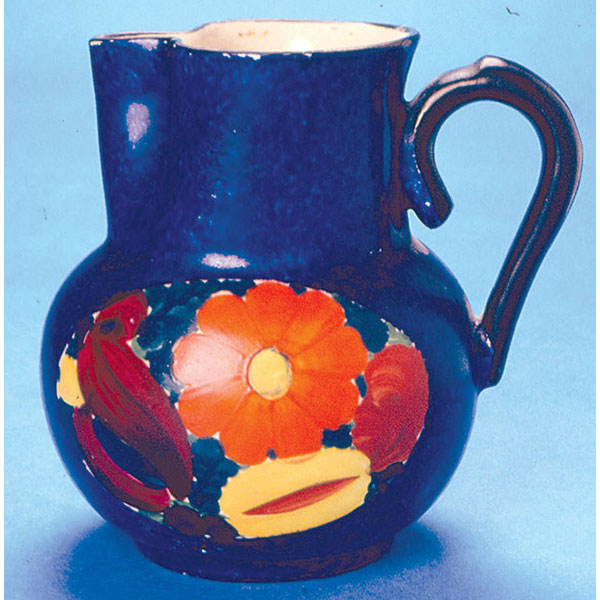Identification Guides
Czechoslovakia
Quality pottery and porcelain have been made in the area known as Bohemia since the late eighteenth century. At the end of World War I in 1918, Bohemia joined Moravia and Slovakia to form Czechoslovakia. Quantities of tableware and pottery marked Czechoslovakia were made in the new country and exported to the rest of Europe, North and South America, and Australia during the 1920s and ’30s. Important Czechoslovakian factories included Amphora—vases, pitchers, planters and figurines in Egyptian and art deco styles; Royal Dux—porcelain and faience figurines; and Peasant Art Industries—colorful pottery decorated in the folk art tradition for export to the United States. The ceramics industry prospered until Hitler occupied the country in 1938–’39. Most factories closed during World War II, then were nationalized in 1948. The ceramics industry recovered slowly, and dishes and giftware are still exported to the United States from Slovakia and the Czech Republic, the two countries formed in 1993 after the fall of Communism.
 |
 |
| Photo: Treadway | |
| Amphora, one of the most famous Czechoslovakian potteries, made this three-handled vase. The organic form and iridescent glaze were often used. |
